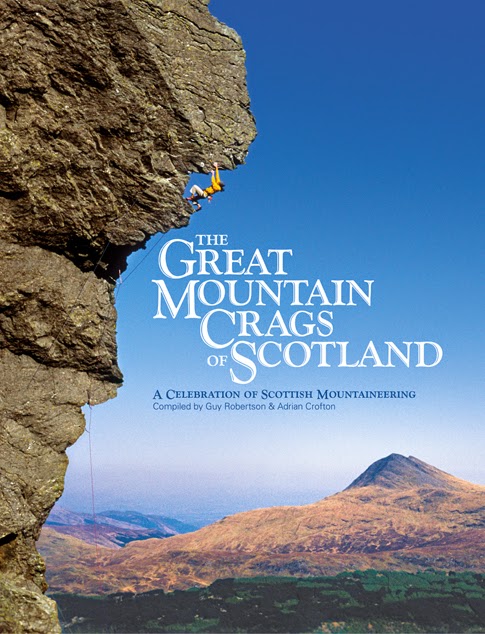Classic Scottish Problems No.1
Ardmair - Stones & Seaweed V2 6a
Okay, this is entirely subjective, but please make any comments and a consensus may develop (some hope!). I'll be posting candidates for Scotland's select 100 problems, with a film in mind... here's my first candidate: the Ardmair pocket problem Stones & Seaweed ss V2 6a.
First of all, I believe a good problem is one you remember long after you do it, one you will no doubt return to. In fact, any problem you really enjoy. It usually exhibits a natural line (though not always, it can be blank or an eliminate); it has enjoyable or unexpected movement (it demands 'solving'); the rock and holds are attractive or curious; it requires balance, power and subtlety in one; other people mention it in passing... there are lots of crtieria for a good problem, but these are my favourites, what are your's?
So, the problem. Ardmair is a beautiful beach north of Ullapool, with waves lapping on a pebble shore that has for aeons swirled against a roofed crag at the south end of the beach, giving smooth footholds and in parts soaring roofs to monkey through. This problem takes an innocuous looking bulge at the south end in the entrance to the cool ear of the first cave...
From a sit start at large smooth undercuts, a difficult smearing test allows a crank to a scooped pocket, which leaves you staring point-blank at the sidepulls you want your right hand on, only you find you can't let go of the undercut... a deft manoeuvre with the left foot allows a counterbalance to snap the just-good-enough sloping edges and a reach up to a right-hand hold (which is not as deep as you might first expect). A final grunt over the bulge and the rest is easy... a delightful little problem, not long, but uses the Torridonian sandstone's best features - slopers, pockets and rounded edges. Echoes of Font.
A word on the grading I propose to use. It is a trial system merging the simplicity of V grades and the technical nuances of Font grades. Also, I feel we should also import the 'feeling' between the E grading system for routes and its technical counterpart, we all know what E5 5c means... so this idea can easily be felt even in the hybrid bouldering system, eg. V6 6c might reflect a traverse grade, whereas V5 7a might reflect a short hard sequence... I also think it can reflect boldness, eg. V3 6b short but hard as opposed to V3 5+ long and committing...



